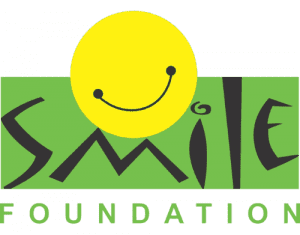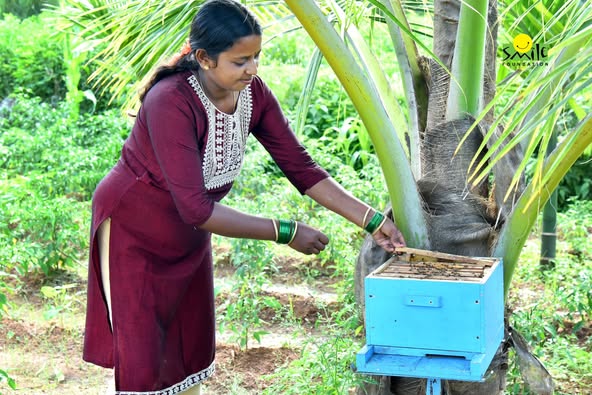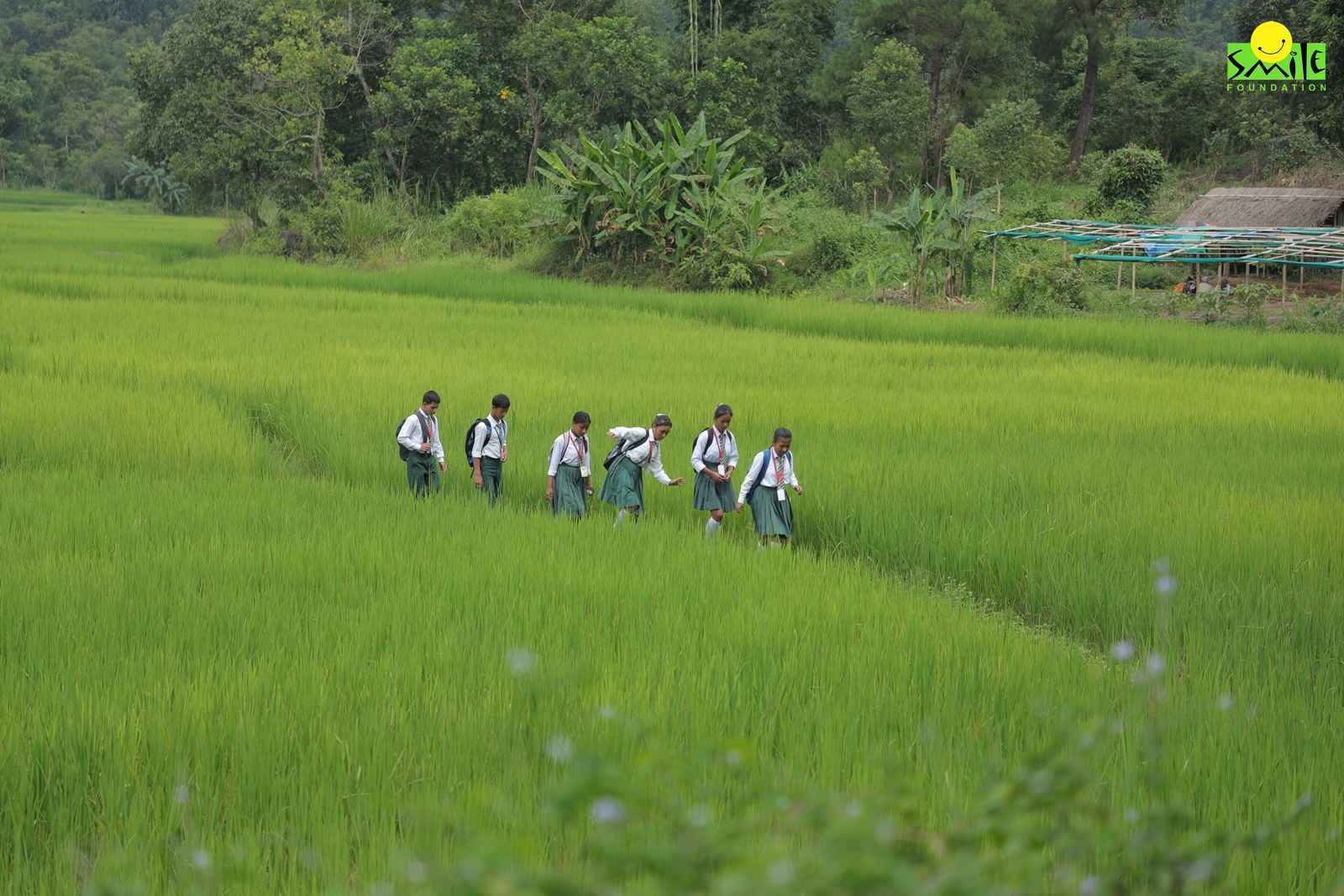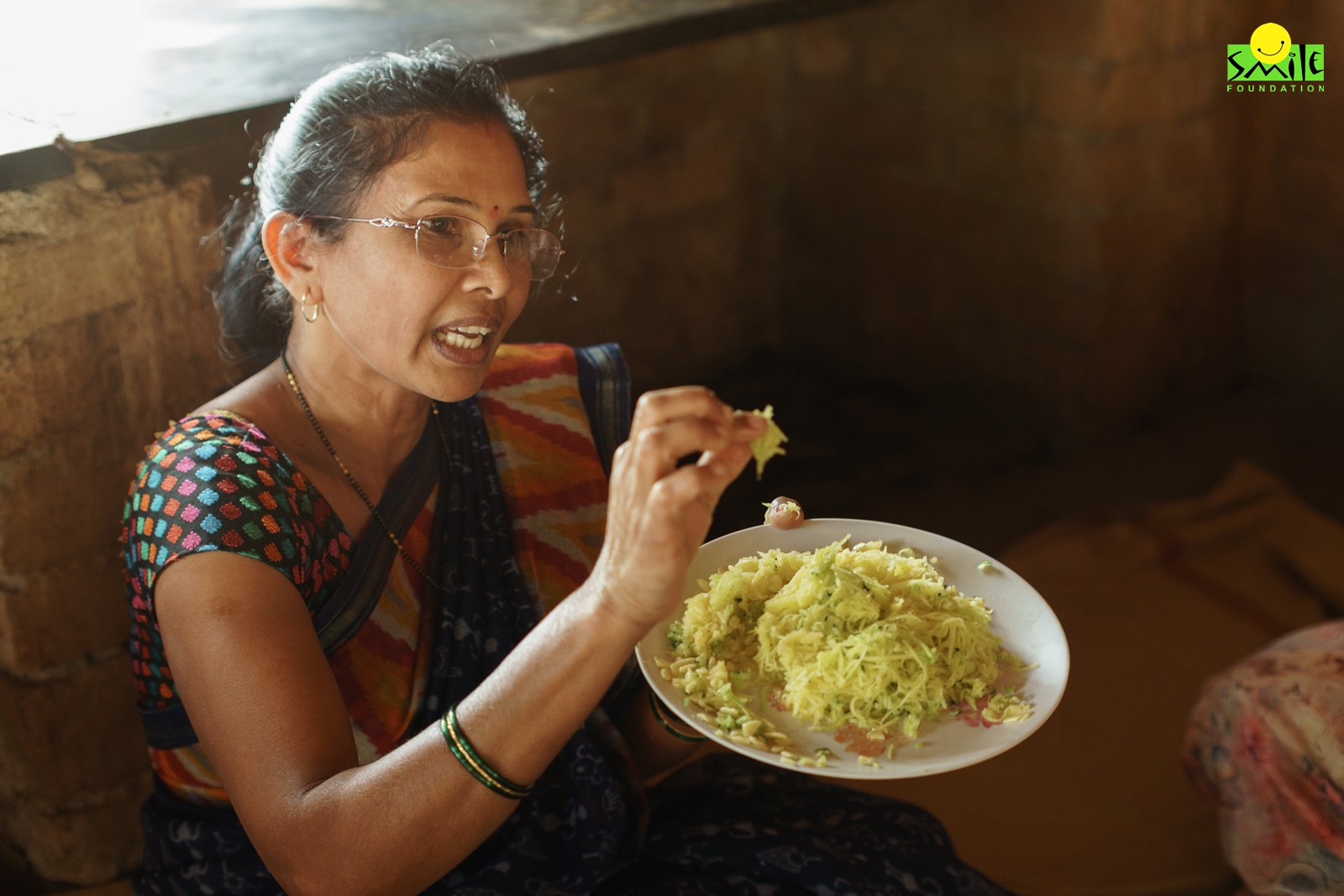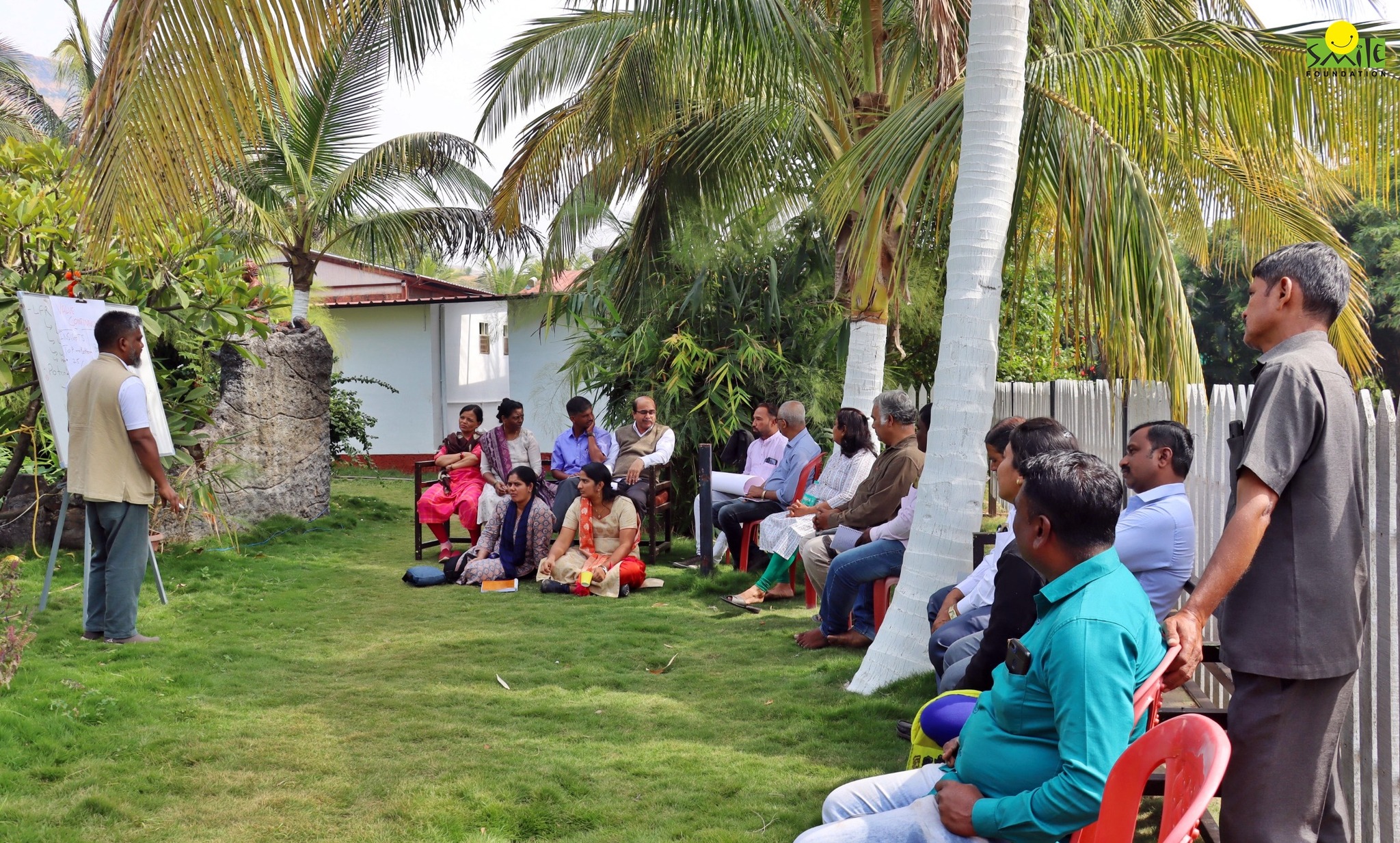The Sustainable Development Goals (SDGs) are a global commitment to creating a better world by 2030. Put forward by the United Nations in 2015, these 17 goals aim to address poverty, inequality, climate change, environmental degradation, and other pressing issues. However, as we move deeper into the decade, it is evident that many countries, including India, are struggling to stay on track.
With a population of over 1.4 billion, India’s progress is important not only for its citizens but also for global sustainability efforts. Unfortunately, data shows that we have been lagging in nine out of the 16 measurable SDGs, making it clear that significant obstacles remain. From uneven progress across states to gaps in data collection and policy implementation, several challenges hinder our ability to meet these ambitious targets. Trying to understand these roadblocks can facilitate the identification of solutions and accelerate progress toward a more sustainable and equitable future.
The development imbalance
India’s SDGs progress is highly uneven across its states and union territories (UTs). While some regions have made significant strides in areas such as health, clean energy, and economic growth, others continue to struggle. According to the latest reports, only four SDGs—Good Health and Well-being (SDG 3), Clean Water and Sanitation (SDG 6), Affordable and Clean Energy (SDG 7), and Decent Work and Economic Growth (SDG 8)—have seen at least half of the targets achieved across all 36 states and UTs.
On the other hand, populous states such as Uttar Pradesh, Gujarat, West Bengal, Madhya Pradesh, and Rajasthan have met less than half of the target indicators in 30-43% of the SDGs. This underscores deep-rooted disparities in governance, resource allocation, and socio-economic development. Without targeted interventions in underperforming states, national progress toward SDGs achievement will continue to be slow.
Data gaps: A barrier to measuring progress
A fundamental challenge in tracking SDGs progress is the lack of comprehensive and accurate data. India currently tracks 108 indicators for coastal states and 106 for non-coastal states. However, several key indicators are either missing or inadequately measured.
For instance, under SDG 1 (No Poverty), the 2023-24 government assessment removed the indicator measuring extreme poverty eradication. Similarly, SDG 6 lacks a direct measure of water quality. Under SDG 7, key global indicators—such as carbon dioxide emissions per electricity output—are not included in the national assessment. Furthermore, air quality and public transport parameters are missing from SDG 11 (Sustainable Cities and Communities), while SDG 12 (Responsible Consumption and Production) does not track electronic waste management.
Inadequate data collection limits evidence-based policymaking, making it difficult to assess whether existing interventions are working or if course corrections are needed. Without bridging these data gaps, meaningful progress will remain elusive.
What about climate change?
Climate change is one of the biggest threats to sustainable development. India is highly vulnerable to extreme weather events, such as heatwaves, floods, and cyclones, which disrupt livelihoods, damage infrastructure, and displace millions of people annually.
Under SDG 13 (Climate Action), data on the number of human lives lost per 10 million people due to extreme weather events is missing for 11 states and UTs. Additionally, under SDG 15 (Life on Land), data on afforestation coverage is unavailable for 13 out of 36 states and UTs. These data gaps hinder climate mitigation strategies and adaptation plans. Despite efforts to transition toward clean energy, India remains one of the top carbon emitters globally. If these environmental concerns are not addressed, future generations will bear the consequences of failing to achieve sustainability.
Economic inequality and the job market
While India has achieved significant economic growth, inequality remains a major challenge. One key barrier to SDG 8 (Decent Work and Economic Growth) is the widening gap in job opportunities. The informal sector, which employs a large share of the workforce, provides minimal social security and financial stability. Women face additional obstacles due to cultural norms, unpaid domestic labor, and limited childcare support, restricting their workforce participation.
Expanding skill-building programmes is essential for improving job accessibility in the evolving economy. Without substantial investment in skill development to equip workers with market-relevant skills, economic growth will not translate into sustainable livelihoods, making it harder to meet SDG targets related to poverty and economic growth.
Social inequalities in terms of gender and education
Achieving gender equality (SDG 5) and quality education (SDG 4) still remain a challenge. Despite improvements, women’s participation in the workforce is significantly lower than that of men. Deep-rooted gender norms, unequal pay, and safety concerns in workplaces and public spaces continue to hold women back.
In education, while India has achieved near-universal enrollment at the primary level, dropout rates remain high at secondary and higher education levels, especially among girls from marginalized communities. Additionally, access to digital education remains unequal, which widens the gap between urban and rural students. Without targeted interventions, gender and educational inequalities will continue to slow down SDG progress.
What lies ahead?
Even with policies and initiatives in place, weak implementation often undermines their effectiveness. Corruption, bureaucratic inefficiencies, and poor coordination between central and state governments hinder progress. Despite ambitious programmes like Swachh Bharat Mission and Ayushman Bharat, gaps persist in sanitation access and healthcare coverage. Rural areas still face infrastructure deficits and a shortage of healthcare workers, making universal health coverage a distant goal. Strengthening governance, increasing transparency, and ensuring better interdepartmental coordination are imperative for SDG success.
The road to achieving SDG goals is challenge-ridden. While progress has been made in certain areas, much remains to be done to ensure that no one is left behind. Addressing these challenges requires a multi-pronged approach that includes better data collection, targeted policy interventions, increased investments in education and skill development, and enhanced environmental sustainability measures. The clock is ticking, and if urgent steps are not taken, the vision of a sustainable and equitable future will remain just that—a vision. The time for action is now.
Smile Foundation’s work complementing SDGs targets
Smile Foundation is actively contributing to India’s progress toward the Sustainable Development Goals (SDGs) through various targeted initiatives:
1. Quality Education (SDG 4):
- Mission Education Programme: This initiative has provided education to over 300,000 underprivileged children across India, focusing on holistic development by integrating nutrition and wellness support.
2. Gender Equality (SDG 5):
- Swabhiman Programme: Launched in 2005, Swabhiman empowers marginalized women through interventions in reproductive and child health, nutrition, entrepreneurship development, and digital financial literacy. The program has impacted over 150,000 women and initiated 54 women-led businesses, promoting financial independence and leadership.
3. Good Health and Well-being (SDG 3):
- Smile on Wheels: This mobile healthcare initiative delivers preventive, curative, and promotive healthcare services to underserved communities, reaching over 2 million individuals.
4. Decent Work and Economic Growth (SDG 8):
- Smile Twin e-Learning Programme (STeP): Aimed at reducing youth unemployment, STeP has trained 65,000 youth in vocational skills, with 45,000 successfully placed in jobs, contributing to economic growth and individual livelihoods.
Through these comprehensive programmes, Smile Foundation addresses critical areas such as education, health, gender equality, and economic empowerment, effectively contributing to India’s advancement toward achieving the SDGs.

